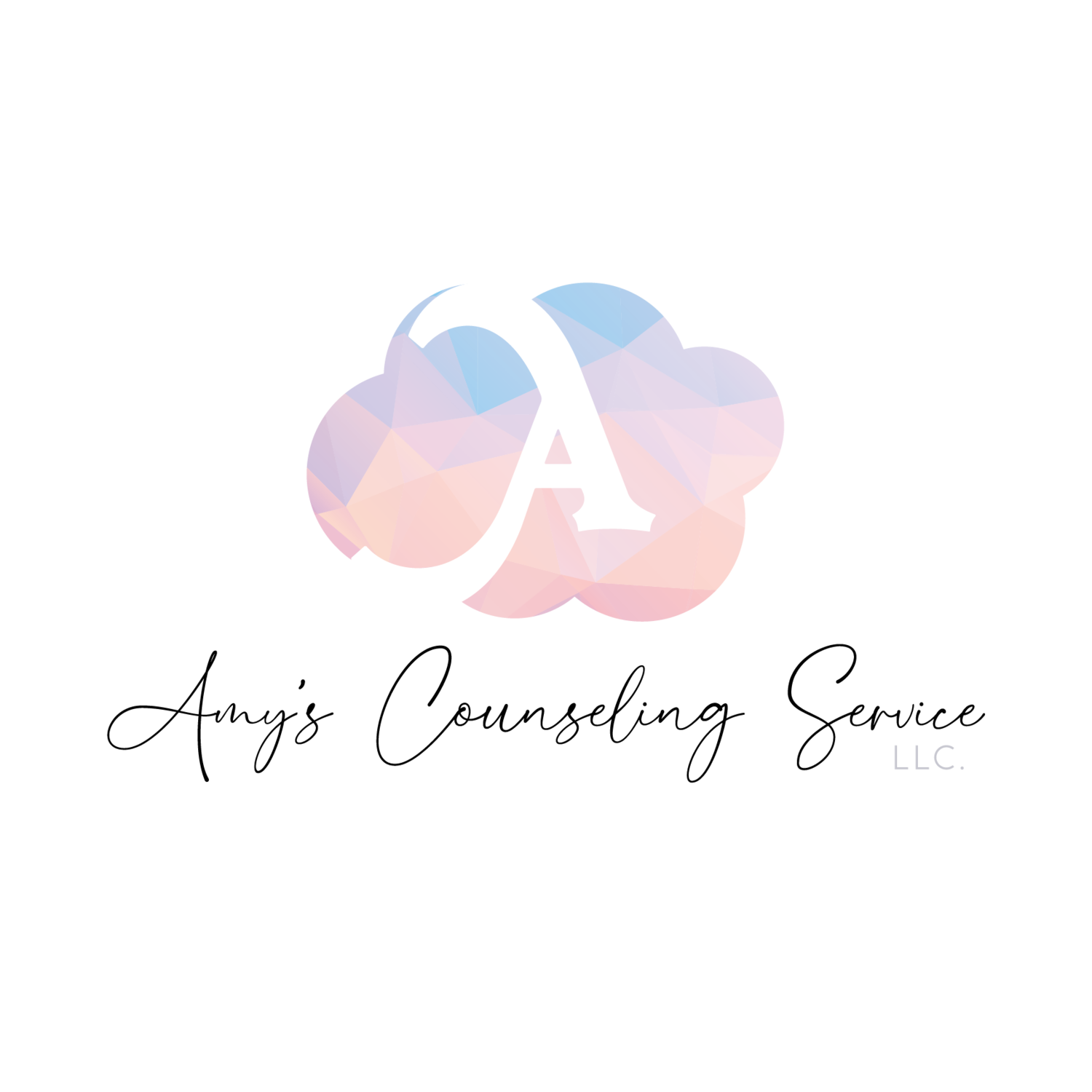CBT and Your Brain
Your computer hums to life. The monitor flickers on and you fire up your video chat for your appointment with your counselor. It’s your first appointment. You and your counselor are going to use Cognitive Behavioral Therapy to help you work on your thoughts, feelings, and actions.
You have questions.
How does CBT work? More importantly, why does it work?
What will I talk about with my counselor? How will what we talk about be helpful? Will I be able to use CBT to address my past and my present?
These are legitimate questions. CBT is a pretty recent form of therapy, and people get curious about how it works and why it works.
Simply put, CBT is like coaching for your brain.
By delving into present responses to past events, CBT helps you find different ways to respond to stimuli in a way that doesn’t mirror responses to past traumas. With the help of a therapist, you get to teach yourself to respond to stimuli differently, strengthening your ability to interact with your world in a way that’s based more in the present and less in the past.
It’s a way to process and examine personal traumas, while teaching your brain not to think in terms of those experiences. Imagine being able to go to Starbucks without thinking about bad experiences you’ve had in crowds, or going out with a friend without mapping out every possible bad thing that could happen.
In other words, CBT helps you work through the past so you can live here, and now.
CBT is derived from evidence-based theories of how we learn, and un-learn, how to respond to stimuli. Behavioral sciences such as Learning Theory and Conditioning play a role in techniques of CBT, and define how techniques are used to help change the way the brain responds to its environment.
With exercises like Thought Records and Negative Response Challenging, CBT helps you keep track of thoughts that reinforce negative patterns like low self-esteem and catastrophizing. Then, you can work with your therapist to learn how to think less negatively, and more realistically, about situations and events.
You can teach your brain to stop responding to a crowded coffee shop with thoughts like, “crowds make me anxious because something bad could happen in the middle of a crowd,” and replace those thoughts with more positive ones, like “crowds make me a little uneasy, but that’s okay. I can analyze what’s around me, realize that it’s unlikely for anything bad to happen, and take a deep breath to decrease my anxiety.”
Or, you might teach yourself to respond differently to not getting a promotion at work. You would use CBT to replace thoughts like, “I’m no good and my performance stinks,” with thoughts like, “just because I didn’t get this promotion, that doesn’t mean that I’m a bad person. If I’m worried about my performance, I can take a step back and think about what I can do to improve, instead of getting lost in negative thinking.”
By examining how the brain learns, CBT teaches how to take apart old, unhelpful thinking patterns and replace them with new, healthier ones.
The following link contains a recorded sample of one CBT session between a seasoned CBT practitioner and a client. The session was recorded as part of an article written and recorded for the public radio broadcast and podcast This American Life.
In this session, you’ll hear the therapist use techniques of CBT to help her client unpack, explore and understand her past traumas and how they affect the way she views and interacts with her world. You’ll hear the client and therapist work together to help the client detach from the behaviors that have developed in response to her trauma, with the goal of restructuring cognition and behavior in a way that allows the client to avoid seeing the world through the lens of her trauma.
Trigger warning: the client in these recorded sessions is using CBT to process an experience of sexual assault that occurred when she was underage. The session includes the client describing parts of the assault as part of the therapy session.
